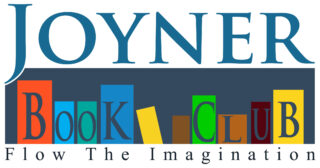Introduction
The chore of that assignment, term paper, thesis, or project for which a student has no idea where to begin is a student’s worst nightmare in academics. Here are a few strategies and approaches that, if accepted and followed carefully, will help you get out of this bind.
“So!” is the largest question mark after receiving the research question. “What am I meant to do now?” says the narrator. Everything is accessible, from literature to the internet, yet you can’t get started. Why? Because you have no idea where to begin. What should I bring and what should I leave?
Remember! It is vital to determine the “angle of attack” before beginning any written assignment. It refers to the point of view you’ll take when working on your project. Once you’ve made your decision, consider how it relates to your thesis statement or research topic. If you’re happy with that, you’re halfway done.
The following step includes gathering information about the assignment. The words “search engine” and “library books” spring to mind as a result of this. However, just a few people arrive with actually related stuff. Most of what we come up with is pointless nonsense that will be eliminated later. Instead of wasting time, simply follow the bottom line:
“FOLLOW ONE PERSPECTIVE OF YOUR RESEARCH STATEMENT.”
Then it dawns on you that you will have very little to show for your efforts by the time you’re done. This is not the case. Because when you have a precise point of view and arrange yourself to work on it, the finer points and nuances begin to emerge.
Using logical principles to increase your thinking capability is a good idea, but once you are on your path, you should set yourself free. That is, think and create with passion, because working with rational thinking slows down production, resulting in outputs that aren’t as good as they could be. Don’t establish any objectives; instead, allow your imagination to go wild.
However, once you’ve completed the thought process and have a general idea, you should go on to systematic logical thinking. To put your project together efficiently, follow these steps:
Begin with a precise definition and a succinct description.
Create the framework for your task using the content you have on hand.
Be creative in your approach and document it in the text.
Take on the role of a teacher and investigate various areas.
Decide what you want to put and cut with confidence.
Never worry about the beginning, middle, or finish of a sentence. The final stage is to organize and edit your work. Make a mental note of every concept and thought so that you can organize them later in your job.
You will be confronted with your own convention while working. Most people toss it aside and go back to what they were doing before. That is the most common blunder. Remember! Your teacher is looking for an answer from you. So anything you come up with is highly valued as long as it is supported by sufficient logic and rationality. So, be who you are.
